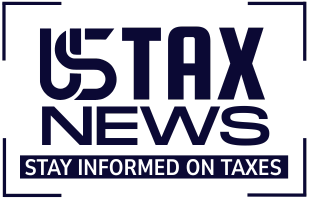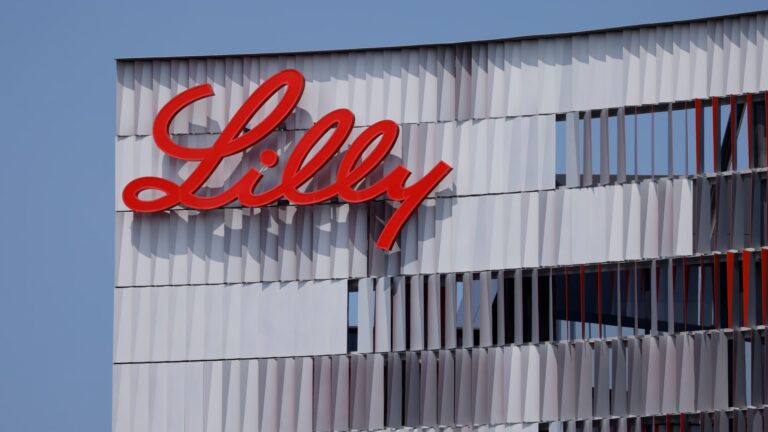Eli Lilly on Thursday hiked its 2025 guidance and posted second-quarter earnings that topped estimates on strong demand for its blockbuster weight loss and diabetes drugs.
The company raised its fiscal 2025 sales guidance to $60 billion to $62 billion, from a previous outlook of $58 billion to $61 billion on underlying strength across its business. The pharmaceutical giant also expects its adjusted fiscal 2025 earnings to come in between $21.75 and $23, up from previous guidance of $20.78 to $22.28 per share.
Eli Lilly said the guidance reflects President Donald Trump’s existing tariffs as of Aug. 7, but does not include his planned levies on pharmaceuticals imported into the U.S.
Also on Thursday, Eli Lilly released long-awaited late-stage trial data on its experimental obesity pill, orforglipron, the highest dose of which helped patients lose more than 12% of their body weight. That came under Wall Street’s expectations, sending the company’s shares down as much as 12% in premarket trading Thursday.
“I feel good about the value of the company. Investors have to decide what they think,” Eli Lilly CEO David Ricks told CNBC’s “Squawk Box.” “But Lilly is rolling, and you look at the beat and raise, strong growth on the back half, we’re excited about the future for our company and for patients who need our products.”
The company’s diabetes treatment Mounjaro topped expectations for the second quarter, raking in almost $5.2 billion in revenue. That’s up 68% from the same period a year ago.
Eli Lilly’s weight loss drug Zepbound also beat estimates, booking $3.38 billion in sales for the quarter, up a whopping 172% from the year-earlier period.
Analysts had expected Mounjaro and Zepbound to generate $4.49 billion and $3.06 billion in sales, respectively, according to estimates from StreetAccount.
“Tirzepatide, which is Mounjaro and Zepbound, will likely become the bestselling drug in the industry in its third year in the market,” Ricks told CNBC. “And we’ve got a lot more coming in the pipeline.”
Here’s what Eli Lilly reported for the second quarter compared with what Wall Street was expecting, based on a survey of analysts by LSEG:
Earnings per share: $6.31 adjusted vs. $5.57 expectedRevenue: $15.56 billion vs. $14.71 billion expected
The company posted second-quarter revenue of $15.56 billion, up 38% from the same period a year ago.
Sales in the U.S. jumped 38% to $10.81 billion. Eli Lilly said that was driven by a 46% increase in volume — or the number of prescriptions or units sold — for its products, primarily for Mounjaro and Zepbound. That was partially offset by lower realized prices of the drugs, the company said.
The pharmaceutical giant booked net income of $5.66 billion, or $6.29 per share, for the second quarter. That compares with net income of $2.97 billion, or $3.28 per share, a year earlier.
Excluding one-time items associated with the value of intangible assets and other adjustments, Eli Lilly posted earnings of $6.31 per share for the second quarter.
The results also come as Eli Lilly and other drugmakers brace for levies on pharmaceuticals imported into the U.S. and face Trump’s calls to lower drug prices in the country.
The president sent letters to Eli Lilly and other companies last week calling on them take steps to lower drug prices by Sept. 29. The move came after Trump in May signed an executive order reviving a controversial plan, the “most favored nation” policy, that aims to slash drug costs by tying the prices of some medicines in the U.S. to the significantly lower ones abroad.


